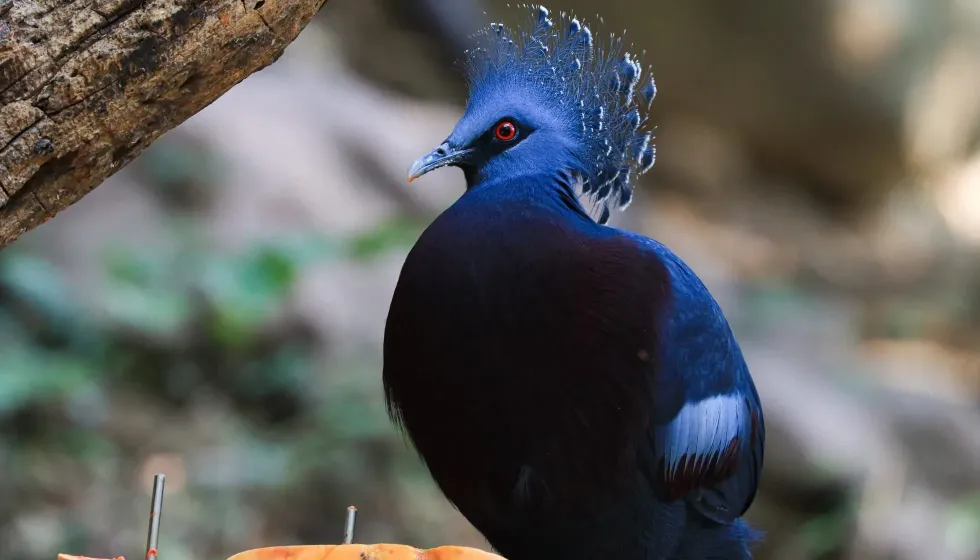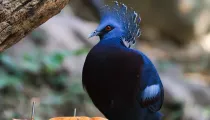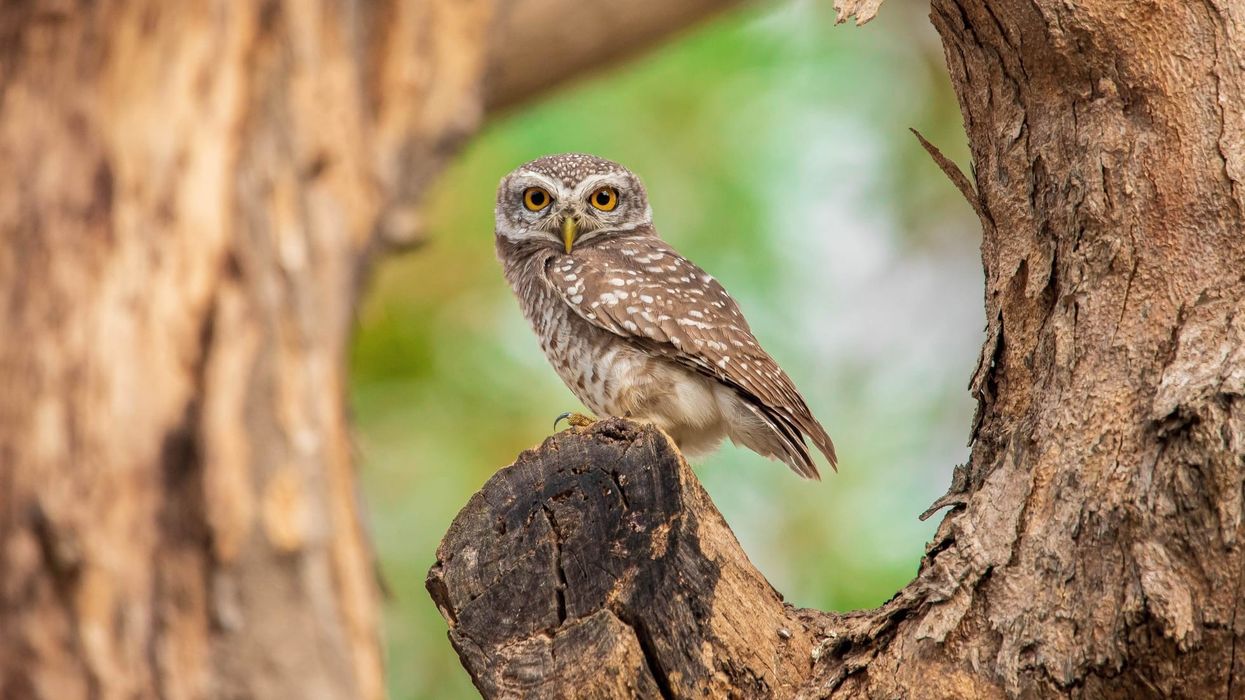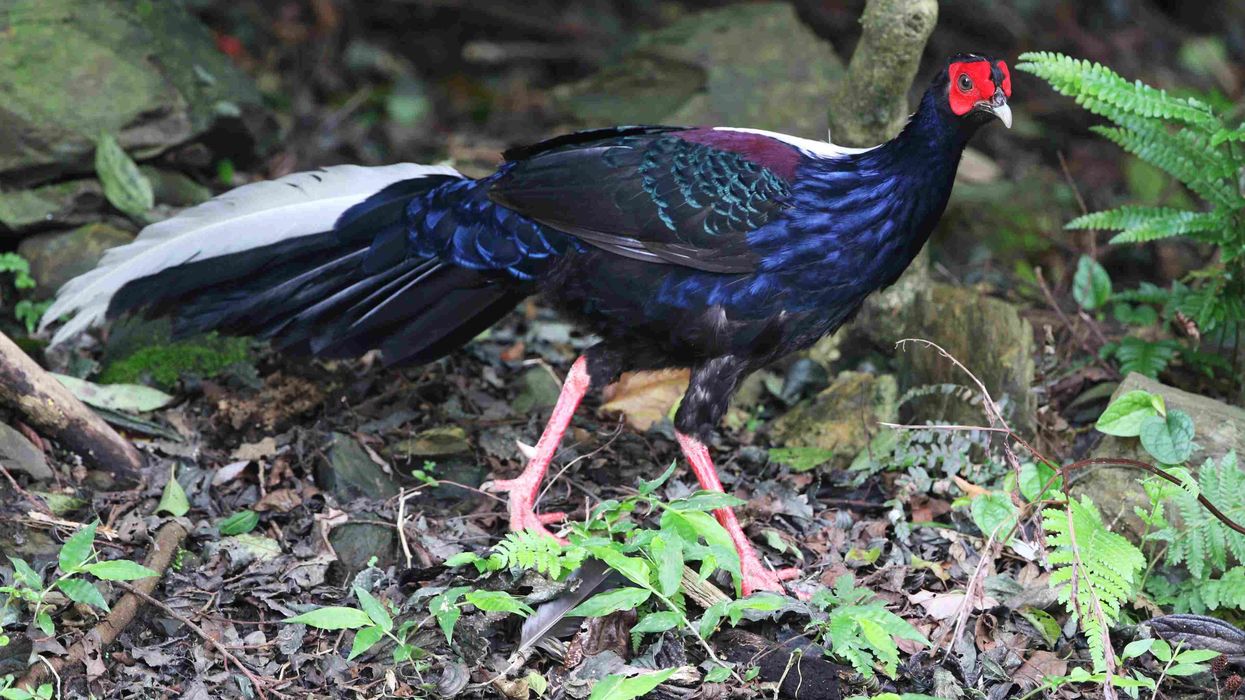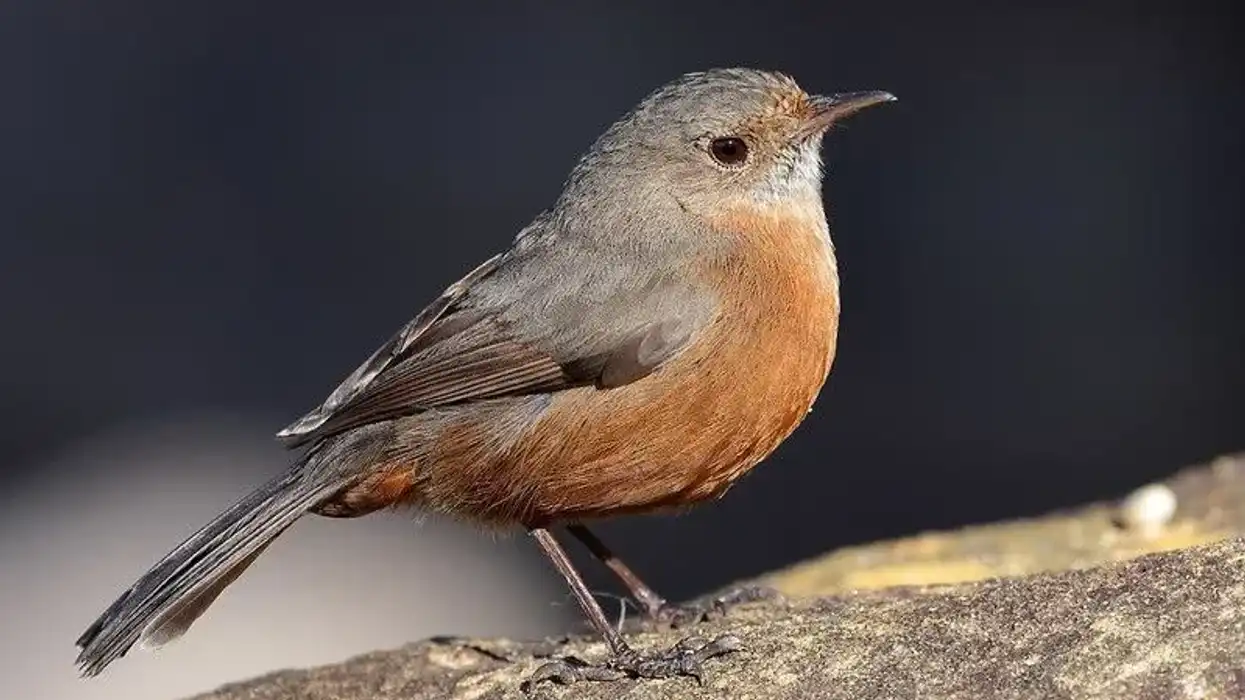Crowned pigeon of the genus Goura and part of the family Columbidae has four different species recorded till now. These four large ground-dwelling birds are endemic to New Guinea and some surrounding islands of the region.
There are four known species in the genus Goura of crowned pigeon, Victoria crowned pigeon (Goura victoria), western crowned pigeon (Goura cristata), Scheepmaker's crowned pigeon (Goura scheepmakeri), and Sclater's crowned pigeon (Goura sclaterii). Among these, the Victoria crowned pigeon is the most commonly seen.
All of the species look similar to each other and are found in New Guinea and a few nearby islands. Other species of crowned pigeon are also available but of a different genus.
The white-crowned pigeon (Patagioenas leucocephala) is found in Florida. All of the four species of the genus Goura, including the Victoria crowned pigeon, are known to forage on the ground on the forest floor.
A detailed study on the species of bird found that Scheepmaker's crowned pigeon is a sister to the Victoria crowned pigeon, while the Sclater's crowned pigeon is a sister to the western crowned pigeon. The habitat of the western crowned pigeon overlaps with the habitat of the Victoria Crowned Pigeon.
In this article, we will discuss more on the Victoria crowned pigeon as the bird is extensively researched.
For more relatable content, check out these golden-hooded tanager facts and green hermit interesting facts.
Crowned Pigeon Interesting Facts
What type of animal is a crowned pigeon?
Crowned pigeons are birds that belong to the family called Columbidae, which includes pigeons and doves.
What class of animal does a crowned pigeon belong to?
Victoria crowned pigeons fall under the class of Aves in the kingdom of Animalia.
How many crowned pigeons are there in the world?
As the population of the bird species is decreasing a lot in recent times, the condition has been deteriorating too. The population of Victoria crowned pigeons is considered to be around 10000-19999 currently in a range of area of 477,000sq km. The population of the western crowned pigeon is estimated to be around 3,500-15,000.
Where does a crowned pigeon live?
A member of the crowned pigeon, Victoria crowned pigeon (Goura victoria) is found in northern New Guinea and some nearby islands. The western crowned pigeon is found in northwestern New Guinea. The Victoria-crowned pigeon is sometimes also seen in Indonesia.
What is a crowned pigeon's habitat?
Victoria crowned pigeon is found in lowland moist and swamp forests. The bird is found in rainforests, in a range of elevation up to 360.9 feet (110 m). All the species of crowned pigeons inhabit different parts of the island, but all are endemic to New Guinea.
Who do crowned pigeons live with?
Victoria crowned pigeon is found in groups of two to ten birds always on the ground. These birds only use their wings to fly to branches of trees to roost at night.
How long does a crowned pigeon live?
The average life span of the Victoria crowned pigeon is up to 25 years in captivity. To achieve this, the bird may need proper care and diet throughout life.
How do they reproduce?
Victoria crowned pigeon is known to breed late in the wet season and the dry season. In the breeding season, the male of these birds is known to give a loud call and show courting displays like bowing by erecting the tail, opening the wings, and bowing the head.
The pair mate for life. The male chooses the nesting site for the female and once it is chosen, the male presents the materials to the female.
The nest is made of dead stems, leaves, and sticks. The female lays a single white elliptical egg, rarely two.
The egg is incubated by both parents for a month. Once the egg hatch, crop milk is fed to the young by the parents for three to ten days.
While the young are growing up, fruits, grains, and seeds are added to the diet gradually. The newborn young needs round-the-clock parental care and feeding.
In three weeks, the birds learn to fly and they leave the nest in a month. Parents continue to feed fruits and seeds to the young for some more time.
The young reach sexual maturity in about two years.
What is their conservation status?
The Victoria crowned pigeon and Sclater's crowned pigeon are categorized as Near Threatened by the IUCN Red List. The conservation status of the western crowned pigeon and Scheepmaker's crowned pigeon is categorized as Vulnerable by the IUCN Red List.
Victoria crowned pigeons suffer from habitat loss due to logging. All the species in the genus are also heavily hunted for feathers and meat. Although capturing pigeons is illegal in most parts of the world including the islands, the practices are continuing.
Crowned Pigeon Fun Facts
What do crowned pigeons look like?
All crowned pigeons look similar to each other. The Victoria-crowned pigeon is blue-gray with a blue lace-like crest. These birds have maroon breasts and red eyes. They have a small black mask and the feather crest has white tips.
The wing coverts have a pale blue-gray row of feathers with maroon tips. The chest is colored deep purple-maroon. The tails are long and the birds have stout red legs.
Victoria crowned pigeon is the biggest among the crowned pigeon species. The male and female of the genus are similar in color whereas the female species is a little smaller than the male.
How cute are they?
These pigeons are cute with beautiful coloration on their bodies and erect crests.
How do they communicate?
Crowned pigeons mainly communicate by sound and calls. While mating, they make a deep hoota-hoota-hoota-hoota-hoota sound, and while defending their homes they make a whup-up, whup-up, whup-up call.
How big is a crowned pigeon?
One of the crowned pigeons, the Victoria crowned pigeon (Goura victoria) is the largest of the genus and has a range of length from 29-30 in (73.6-76.2 cm).
Nicobar pigeon from Southeast Asia and Australia has a length of 21-23 in (53.3-58.4 cm), quite smaller than the crowned pigeons.
How fast can a crowned pigeon fly?
Crowned pigeons' flying speed is not known. The bird is not known to fly much as they are mostly found on the ground. The bird may only fly when near threats or at night to roost in trees.
Pigeons usually fly at a speed of 77 mph (123.9 kph).
How much does a crowned pigeon weigh?
The Victoria crowned pigeon is the biggest of this species and has a range of weights up to 7.7 lb (3.5 kg).
What are the male and female names of the species?
Males and females of the bird species are not given different names. These birds are known by their common name of crowned pigeons.
What would you call a baby crowned pigeon?
A baby crowned pigeon is called a young.
What do they eat?
Crowned pigeons primarily have a diet of fallen fruits and seeds. and snails. They are known to diet on their food on the ground.
Are they dangerous?
They are not dangerous.
Would they make a good pet?
To even consider a crowned pigeon pet, the owner needs to be experienced and dedicated. An area the size of a room is required by the birds to move around.
For Victoria crowned pigeons, proper time and space should be given to the birds for them to thrive and lie a long life. They can be fed fruits and grains, however, the intake should be controlled.
Did you know...
Victoria crowned pigeons are said to be related to extinct dodo birds.
These birds can fly short distances but mostly stay on the ground. They only fly from the ground to the branch in the trees and vice-versa.
These birds are captured and kept in homes a lot even when it's illegal to keep a pigeon captive.
Naming the crowned pigeon
The name crowned pigeon is given to the species because of its fan-shaped crest of feathers on the head which looks like a crown. This crown, however, has made the species a target for hunters.
The name Victoria crowned Pigeon commemorates the Queen of England.
Are crowned pigeons endangered?
Victoria crowned pigeon is given the status endangered, while the western crowned pigeon has the status of vulnerable currently. The birds are hunted a lot for their meat and feathers. Also, the habitat has been getting degraded very quickly, leading to the endangerment of the birds.
Here at Kidadl, we have carefully created lots of interesting family-friendly animal facts for everyone to discover! For more relatable content, check out these ruby-throated hummingbird facts and yellow-breasted chat facts for kids.
You can even occupy yourself at home by coloring in one of our free printable pigeon coloring pages.


